Capitanul Zelea Codreanu - he stood at the origins of Romanian Nazism
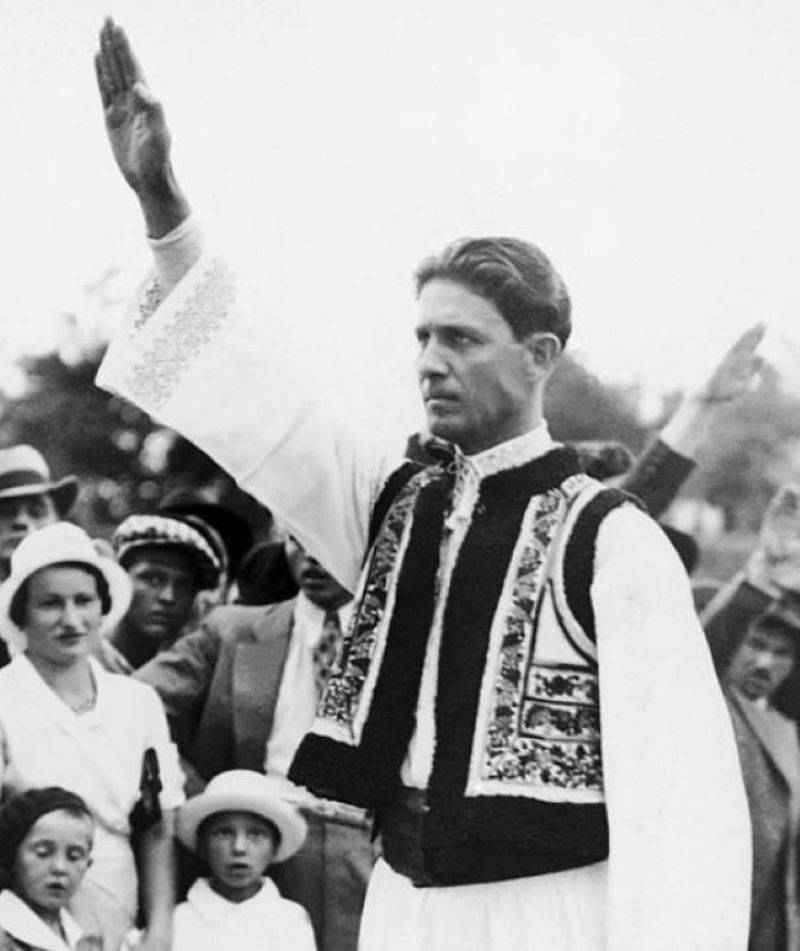
Before the wedding
Religion, whatever it may be, alas, does not save from deep political delusions and transformation from a hero into an enemy and scoundrel. Confirmation of this thesis is the fate of Corneliu Zeli Codreanu, known in stories as "Captain". He is, in fact, the founder of Romanian Nazism, which began with the "Legion of Michael the Archangel" - an almost complete copy of the Serbian "Black Hand".
In Russia, he was rightfully and forever written down as an enemy, because it was he who dragged our traditional ally into the inferno of World War II. But this personality is still far from unambiguous. Official history interprets Codreanu as an ultra-right fascist and ardent anti-Semite. But a very important fact for his assessment is that another fascist, a direct ally of Hitler, conductor Antonescu, dealt with him and other members of his Iron Guard organization.
All this is reminiscent of the already forgotten trial in Serbia over the “Black Hand”: those who returned the Karageorgievich dynasty to the throne, the same people lost their lives from it. And to start the story about the fate of the “captain”, it should be noted that Codreanu was not a Romanian, and his surname is a pseudonym associated with his place of birth in the Romanian part of Moldova. It is surrounded by impenetrable forests, and Codru in Romanian means thicket.
In Romania and Moldova, this surname is very common, there is also wine with a similar name, only through the “a” - Kadryanka, and near Orhei, for example, there is also the village of Kodryanka. From there, the now crowned thief in law Miku comes from. The real name of Codreanu, as you might think, is Zelinsky, almost the namesake of the President of Ukraine. Hence the pseudonym Corneliu Zelia Codreanu. His father was a Pole, his mother was an Austrian German, both Catholics, but, apparently, because there were no churches in those places, he was baptized in the Orthodox faith.
Apparently, Codreanu's native language was Romanian. And despite his origin, from childhood he became an ardent, more precisely, furious and infinitely cruel, patriot of his new homeland. It got to the point that at a wedding with a native of Muntenia (south of Romania, near Bucharest), he appeared in a traditional Moldavian wedding dress, belted with a wide belt and in an embroidered shirt.
There was only one difference from the original: instead of a traditional hat or headband, he had a metal swastika on his head. Only turned in the right direction of the solar symbols, which exist not only among the Indo-European peoples (for example, on the coats of arms of Finland and the Russian Republic of Ingushetia).
The same swastika is depicted on the ornaments of temples and Arkhangelsk towels in the north of Russia and even in some places in the northern regions of Belarus. Adolf Aloizovich, nicknamed the Fuhrer, turned the other way and distorted this symbol, as a result of which any swastika is now associated with Nazism. Even the one on the towels, because not everyone peers in which direction it is turned.
The wedding took place on neutral territory - in the Moldavian Focsani, and Codreanu, who had already taken this pseudonym as a surname, then publicly complained that many visitors were very drunk. An almost exact copy of such a wedding with five hundred guests, but without folk costumes and swastikas on their heads, was staged in 2019 by Romanian MEPs Olguta Vasilescu and Claudiu Mande.
But Codreanu, of course, surpassed everyone: there were about 100 thousand people at the wedding of him and his bride Elena. Some historians call smaller numbers, but the duration of the action of Codreanu's wedding has no equal. And almost immediately after his marriage, Codreanu unleashed more active than before, frankly subversive activities.
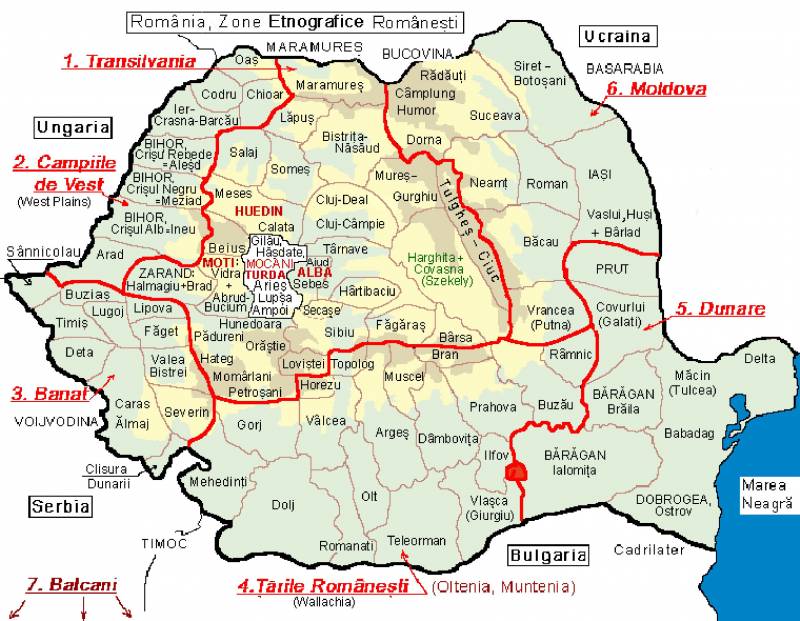
Before the first conviction
The young couple moved to Iasi, the largest city in Romanian Moldova, but it must be remembered that it was before the wedding.
Codreanu has already been to Iasi. There he was harassed for his political position, he was severely beaten by the police several times. An act of revenge on the part of Corneliu was the murder of the head of the Iasi police, Constantin Manciu. This Manchu beat the students who collaborated with Codreanu more than once, but he never touched him himself.
It was enough that Corneliu was beaten at one of the rallies by one of Manchu's subordinates, the Austrian Eugen Klox. He did not kill him, but he got much higher - to Manchu himself. The murder took place right in the courtroom, when student Dumitru Komerzan, who had been severely beaten by him, complained about Kloks. Corneliu Codreanu acted as a witness for the victim in court, managed to bring a firearm into the hall and fired several shots at Clox, Mancha and one of the non-commissioned officers who were also involved in beating the protesters.
Manchu was shot in the head, while Codreanu only wounded two others. Prior to this, Romania did not know such that policemen were shot right in the courtroom. Additional security measures were taken when checking everyone who enters the court and other state institutions.
It is not difficult to guess that Codreanu was immediately detained. A high-profile trial began, as a result of which he went to the Galati covered prison - "krytka". At the trial, Zeli's defense claimed that Manchu ordered his subordinates to rush at him with a knife. It is clear that this was not true - what kind of armed with firearms weapons the policeman will use a knife.
The prosecution was able to refute this opinion. It would be nice if Codreanu behaved normally. But in the "Krytka" he was settled in a cell with a Jew, whom he constantly beat on motives of national hatred. As a result, Codreanu was transferred from the Galatian Krytka to the Focsani. The motive was clear: Focsani at that time was dominated by the Jewish population. They wanted to teach.
From the second court to the second marriage
However, they were wrong. A second court session was scheduled to be held in Focsani. The court was attended by a huge number of students from the surrounding villages, who supported Codreanu and were nationalistically minded. Given the sad experience of shooting in the courtroom, none of the outsiders were allowed in there. But they arranged such a thing in front of the building that Codreanu was hastily transferred to Tirna Severin, where the trial continued.
But this trial turned out to be even more fun than in Galati and Focsani combined. The widow of the murdered Manchu tried to say something there, but in response she heard direct insults to the defense with all the sophistication of the Romanian language. The court first tried to react to this, but then stopped, because it was already useless. The final chord was that the jury showed up with swastikas on their clothes and, as you might guess, Zelya was acquitted.
Moreover, the chairman of the board also took his side, so the discussion took about five minutes - and that's it.
And finally, the wedding. Invitations to it were made with swastikas on pieces of paper. It is difficult to say where Corneliu Zelia Codreanu and Elena Ilinoi met, there are different versions. The betrothal took place in Ungheni, now it is a regional center in the Republic of Moldova on the Prut River near the border with Romania.
Wedding business cards contained the words: "only Orthodox." There is a version that Elena had boyar roots, but there is documented information only that her mother was a housewife, and her father was a railway worker, his name was Konstantin.
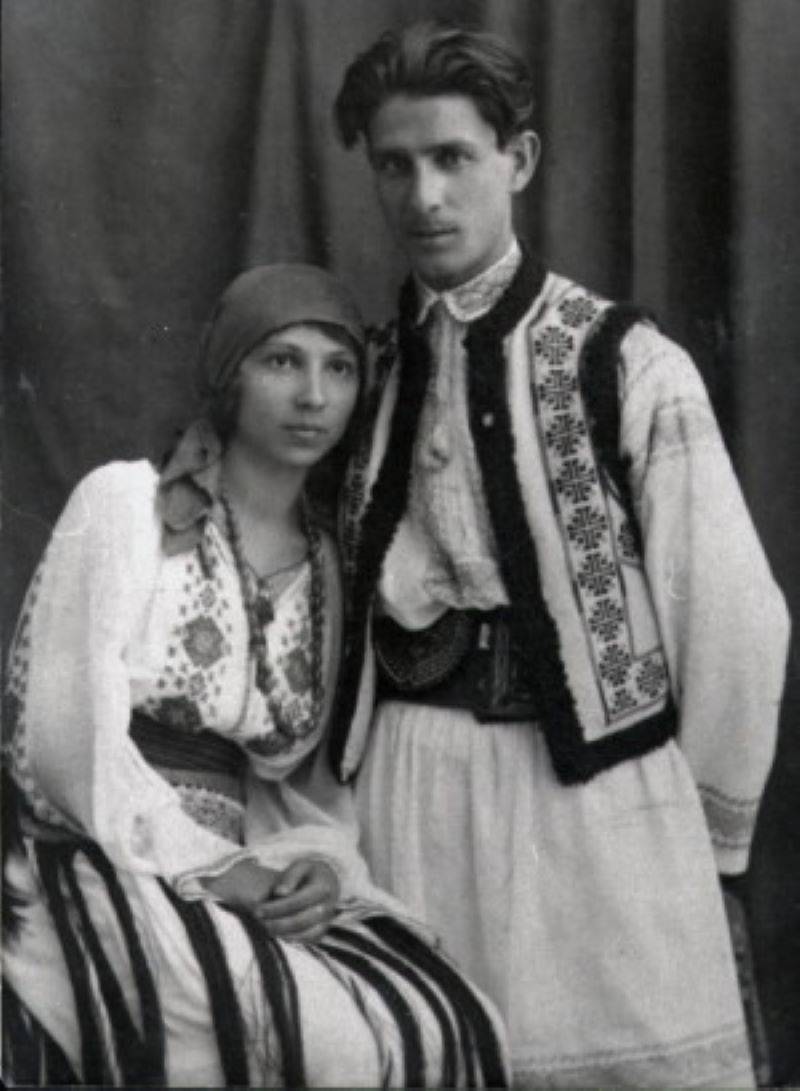
At the wedding, they looked like two opposites: tall, wiry, fair-haired, with an elongated face and sharp features, Corneliu's unkind look, and Elena, a short, wide-shouldered brunette with a very soft, feminine face. And everything worked out perfectly, invitations were scattered by Codreanu's associates, mainly in rural areas, where the most conservative contingent lived.
That's where most of the visitors come from. And after a magnificent wedding, which Codreanu positioned as a "national holiday", he became famous throughout the country and proclaimed himself a captain.
And then his activities began to approach more and more frank Nazism.
The way up - out of poverty
Even in Russia today there are admirers of the “captain”, which does not prevent them from mentioning the common thesis that grandfathers fought so that we could live. How this can be combined is a separate question, but we will try to figure out how Codreanu managed to form an extremist and openly Nazi analogue of the Serbian "Black Hand" in Romania.
After marrying Elena Ilina, Corneliu Zela Codreanu lived in dire poverty. He described the first years of family life in the program book “To My Legionnaires”, admitting that he came to Elena’s family as primak: “I fell on the head of my poor father-in-law.” That one, the railroad worker Konstantin Ilinoiu, supported religious fundamentalism and right-wing conservative views of Corneliu.
He bought a three-room house in Iasi for the whole family with a small plot, on which there was only a tiny vineyard and a couple of mulberry trees. There was practically nowhere to sell wine; there was already plenty of it in Iasi. Codreanu and Elena lived in one room, Elena's parents lived in the other, and the "casa mare", which was usually intended for receiving guests, was inhabited by five underage children of Constantine. Elena was the oldest and the only one to come of age.
Forgetting about politics, in order to feed his family, Corneliu was forced to work as a farm laborer for more prosperous neighbors. From poor nutrition and hard work, he became very weak, lost weight. Codreanu did not even have normal shoes; he came to the rallies in Iasi, shod in postols. Romania at that time was not the richest country, and conservative Romanian politicians paid well for the wedding and honeymoon, in particular, Professor Cuze, who was the imprisoned father and at the same time godfather to Codreanu.
The authorities had, frankly, why to grab their heads at the sight of such a celebration - a wedding column seven miles long, with Codreanu on horseback at the head. When the "captain" was already entering Krynga, the tail of the column had not yet left Focsani, and the participants in the celebration did not disperse even under a downpour. The Romanian Ministry of Internal Affairs hurried to destroy the film with the recording of the wedding, although they managed to show it twice in front of a “limited contingent” in Bucharest.
Cuze arranged a whole campaign of agitation in the villages of Moldova and Bukovina, so that parents would call their newborn children by the names of Corneliu and Elena. But that was where the captain's support ended. Codreanu himself traveled to the villages for political purposes and, knowing both the Romanian language and the Moldovan dialects, expanded his influence up to the troubled Bessarabia. He went to success, mercilessly tickling, dzekaya, ykaya, zhkaya, pronouncing in the middle the words “a” instead of “e”, “g” instead of “b”, using a complex one instead of a simple perfect, choosing words understandable to peasants, often Slavic, and not latin. Of course, it was populism, but otherwise it might not have been understood.
Zely's friend, Ion Moza, funded Codreanu's studies in French Grenoble at the expense of his parents. There, in the end, despite all the disasters, Codreanu managed to defend his doctoral dissertation. But Motza himself had problems - firstly, his parents simply ran out of money, and secondly, he received a summons from Romania about military conscription in France.
Your place is legion
By some miracle, the captainulu managed to move to Bucharest, where he and Horia Sima led the far-right Legion of Michael the Archangel. Populism still worked, and the legion itself was distinguished by Orthodox fundamentalism and caveman anti-Semitism. In particular, its members demanded that the royal authorities create reservations for Jews and Gypsies, and the attitude towards Ukrainians was also not the best. Moldovans, Gagauz and Bulgarians are already in the second place. To the Gagauz, however, Codreanu and Sima had their own claims, sometimes they demanded to limit their rights as well.
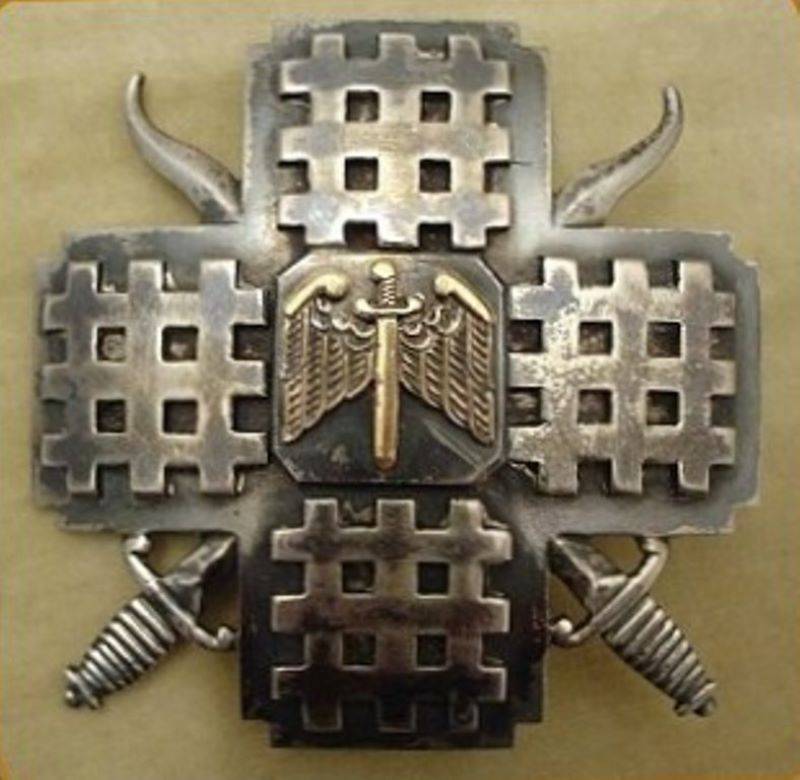
In Focsani, however, Codreanu failed miserably in the elections. In a city with so many Jews, it was a big mistake to run for the anti-Semitic National Christian Defense League. It was headed by the already mentioned professor Alexandru Cuze. Codreanu did not understand the reason for his failure, later explaining what happened by the fact that competitors soldered voters with wine from barrels near polling stations.
Rallies of the "Legion of Michael the Archangel" in Bucharest and other major cities of Romania immediately began to cause concern among the local police. During them, the Jews were advised to close their shops and sit at home without going out into the street. The memory of the notorious Kishinev pogrom and the subsequent pogroms in Ungheni, Balti and Nisporeni, committed even before royal Romania annexed Bessarabia, was still fresh.
The dreams of Codreanu and Sima about Greater Romania were not very consistent with the position of the official Bucharest, which was in close contact with the Entente. In addition, knowing what kind of rebuff the Jewish combat detachments gave to the pogromists back in the days of the Russian Empire, for example, in Ungheni, the royal government was clearly afraid of a civil war. And the general disgusting attitude towards Bucharest in Bessarabia and not very good in Transylvania obviously did not please the royal palace: with such an outbreak of national chauvinism, it was clear that it would be even worse.
Far-right sympathizers from all over Romania began to send expensive gifts to Captain Codreanu. But he refused them, which led to constant conflicts with his wife. Sometimes he gave these gifts to other legionnaires, in particular, he presented the furniture sent from Arad to another member of the extremist organization, Ionescu. The young couple was barren, for what reason is unclear, and the Codreanus adopted a girl named Catalina, the daughter of Corneliu's brother Horia Codreanu, who was in prison, from an orphanage. Marriage, in fact, rested only on common political views.
However, there is another version from a series of entertaining Romanian conspiracy theories. From some point on, Codreanu began to appear in public with the leader of the female wing of the legionnaires, Nicoleta Nicolescu, and not with his legal wife. Nothing is known about Nicolescu's children, just as little is known about the circumstances of her murder by the Romanian police.
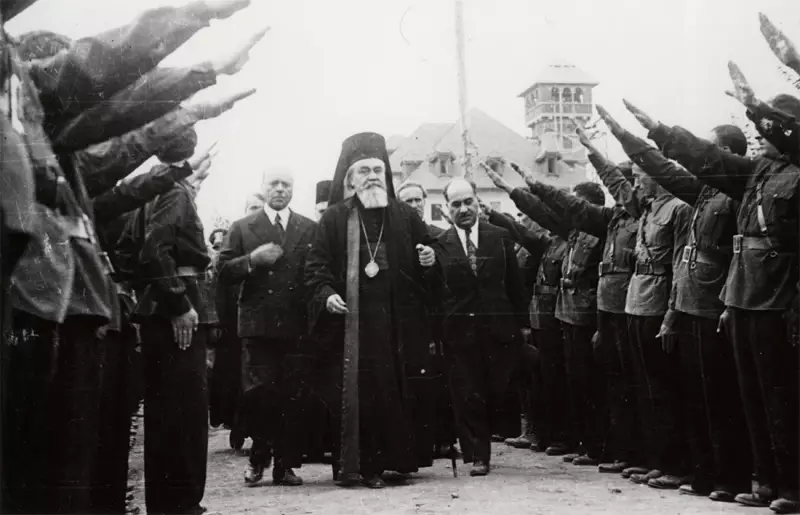
By the end of the thirties, full-fledged military organizations were formed on the basis of the Legion of Michael the Archangel, representing a cross between modern PMCs and illegal armed groups. They were called the "Iron Guard" and "Movement of Legionnaires", at the origins of their creation were Corneliu Zele Codreanu, Horia Sima and Ion Banya. Since 1933, they have extended their activities beyond the banks of the Prut, to Bessarabia, where combat cells have also been opened.
There was a continuity with the Serbian "Black Hand" and their very inspirers - the Russian Narodnaya Volya, and the activity was in the nature of individual terror. The attacks were originally committed against petty employees of state structures and Jewish entrepreneurs. But in 1933, everything changed: the legionnaires killed the Prime Minister of Romania, Ion Gerge Duku.
He was guilty of banning the political wing of Codreanu “Everything for the Country” and instructing the police to disperse rallies of the Romanian far right. 18 members of the Iron Guard were killed by the police on the direct orders of Dooka. About a thousand people were sentenced to prison terms.
It is impossible not to note the similarity of the tactics of the terrorist activities of the Iron Guard with the Black Hand and Narodnaya Volya: the participants in the terrorist attacks were already prepared for any consequences, up to death, they did not leave the scene of the terrorist attack, remained until the police arrived and immediately openly took responsibility, although this promised either a long prison term or the death penalty.
Duca also deserved hatred for blocking the passage of Aromanians, similar in language to the Daco-Romanians from Bulgaria, but at the same time allowed Jews from countries where they were already persecuted to move to Romania. Recall that it was 1933, but only then did the royal authorities learn about the existence of the death squadrons of the Iron Guard. Three participants in the murder surrendered voluntarily, took responsibility for the attack, were sentenced to life in hard labor and killed while trying to escape while being transferred from one penal servitude to another.
Ahead of Kapitanul and his associates was outright Nazism.
The ending should ...
Information